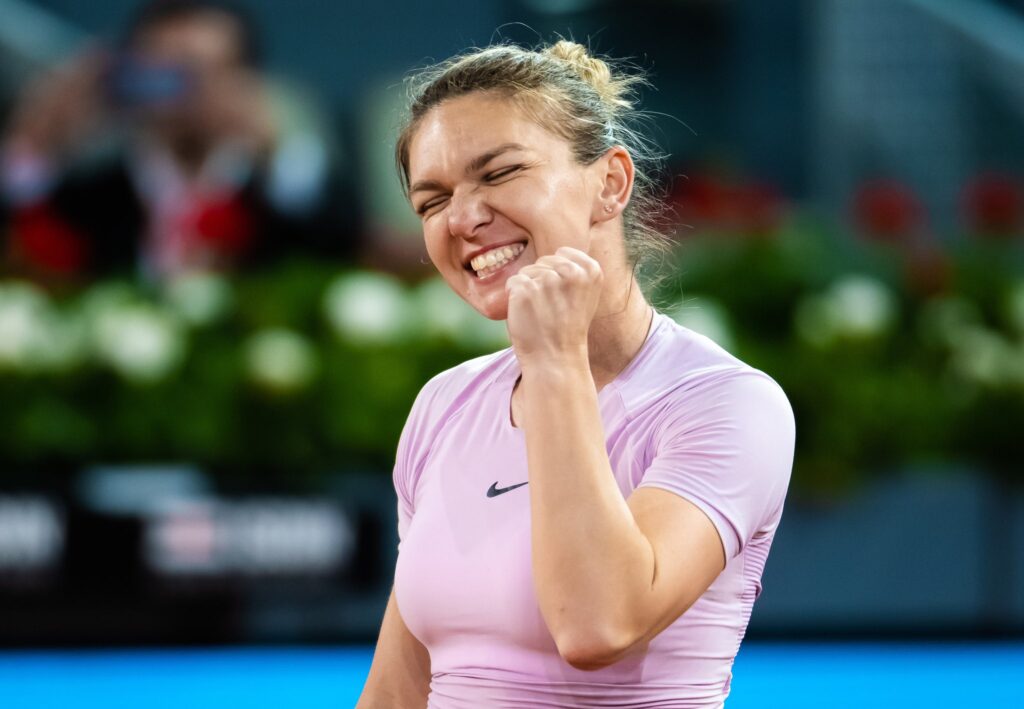
To borrow a tennis phrase, this was one three-setter which was most energy sapping for Simona Halep, as her doping ban was reduced from four years to nine months on an appeal filed with the Court for Arbitration for Sport (CAS).
Winner of two Grand Slam titles, the French Open in 2018 and Wimbledon in 2019, the Romanian has been running from pillar to post to clear her name. She had tested positive for blood-boosting (increasing haemoglobin) Roxadustat in 2022.
It takes little time these days for the media and social media to shred an athlete if her or she is guilty of any offence. Yes, doping is a shame and for Halep to have been hauled over the coals was, indeed, traumatic. Not many would sympathise with a dope cheat, but Halep continued to fight. Her coach at that time, Patrick Mouratoglou, was also not spared, even though he had repeatedly pleaded no role. He also kept posting statements on social media in her favour.
The original ban on Halep was till 2026, but after the CAS cleared the air on Tuesday evening, she can compete with immediate effect. To simplify the jargon and how Halep got relief, the CAS ruled on “balance of probabilities” she had not taken the drug intentionally.
For the Latest Sports News: Click Here
To be sure, tennis and doping are not alien to each other. There have been many famous cases before, with Russian Maria Sharapova shamed after being caught for using Meldonium in 2016. It sent shock waves across the tennis fraternity as Sharapova was the diva of tennis. No one spares a dope cheat and Sharapova, winner of five Grand Slam titles, eventually faded into obscurity. For those not well versed with its medical use, Meldonium is usually given under prescription to heart patients.
Sharapova used it, ostensibly, for a low Magnesium level in her body and “heart problems”. Her plea, when she was caught at the Australian Open over seven years ago, was that she was unaware the drug sold as “Mildronate” was banned by the WADA (World Anti-Doping Agency).
Halep tested positive for Roxadustat at the US Open in 2022. The ban on her was imposed in September 2023. The CAS statement read: “The CAS panel has unanimously determined that the four-year period of ineligibility imposed by the ITF (International Tennis Federation) independent tribunal is to be reduced to a period of ineligibility of nine months starting October 7, 2022.”
The period expired on July 6, 2023. This is a major victory for Halep as the International Tennis Integrity Agency (ITIA), which looks after the sport’s anti-doping programme, wanted an even longer ban. They had refused to accept Halep’s plea that the positive test was the result of a contaminated supplement.
The CAS statement is an exhaustive one. For those who follow doping and how athletes fight, it’s a good read. From a fan perspective, Halep is clean and free to compete as soon as she wants. There is speculation over whether she will get a wild card at the French Open or Wimbledon. What is most important is that Halep feels her honour has been restored. To be away from competitive tennis for so long and then make a comeback will be emotional.
Also Read: RevSportz Conclave is by and for the sports journalist fraternity



